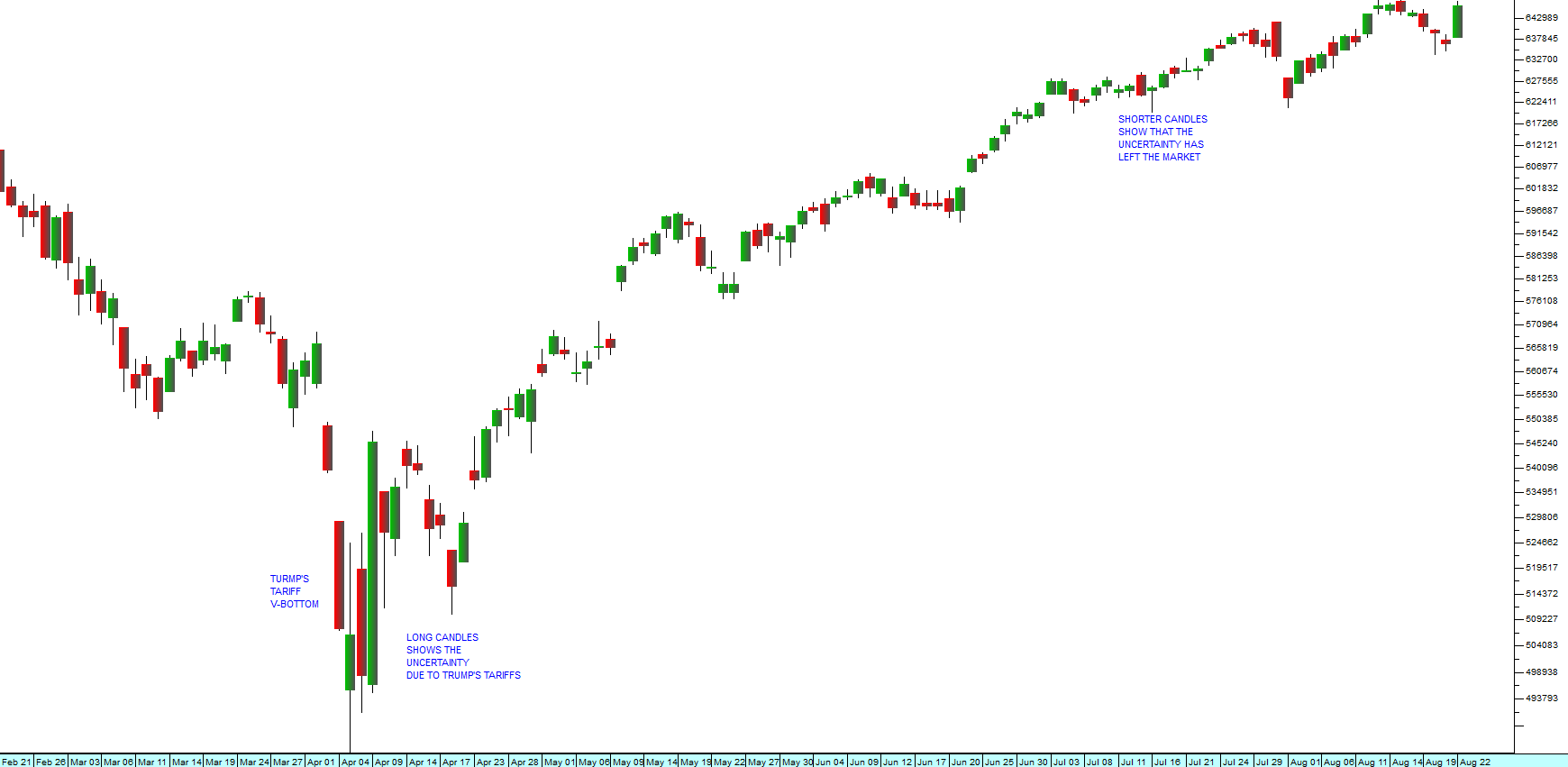Jackson Hole

Once a year in late August central bankers and academics congregate in Jackson Hole to discuss the state of the economy and consider the way forward. Traditionally, the Chair of the Federal Reserve Bank (“the Fed”) addresses the meeting and gives direction to its thinking on monetary policy in the US. This year, the comments of Jerome Powell resulted in the S&P500 index rising 1,5% on the day.
The work of a country’s monetary policy committee (MPC) requires them to balance the need for growth with the need to avoid inflation. They have a number of policy tools at their disposal, but the main one that they use is the level of interest rates. By increasing and decreasing the repo rate, the MPC causes commercial banks to adjust their interest rates thus impacting the entire economy. Raising rates cools the economy down and tends to reduce inflationary pressures – and vice versa.
It is important to understand that the MPC, while it is affected by current developments, is actually looking at where the economy will be in six to nine months. They use sophisticated economic models to determine where inflation is going, and they base their policy decisions on that. The level of interest rates obviously impacts both companies and consumers. Anyone with a mortgage bond can attest to the immediate impact of interest rates on their disposable income.
America is in the middle of a cycle of reducing interest rates, but so far this year the MPC has thought it best to hold rates unchanged, mainly because of uncertainty around the inflationary impact of Trump’s tariffs. Figures from the labour market are also important and recently the level of job creation in the US economy has been adjusted downwards – giving the MPC some room to reduce rates at their upcoming meeting in September.
Jerome Powell’s comment at Jackson Hole that there was now room for the Fed to “adjust their policy stance” confirmed what the bulls on Wall Street had expected and raised their expectation of a 0,25% reduction in rates in September to over 90%. This had the impact of pushing the S&P500 up to spike up to a new intra-day record high of 6478. Consider the chart:

Underlying the upward surge on Wall Street is the optimism surrounding the productivity impact of new technologies, especially artificial intelligence (AI), but also humanoid robotics and solar energy. Advances in all three areas are steadily improving the profits of all companies world-wide.
Note also how the daily candles have become much shorter in recent weeks as investors have digested and discounted the impact of Trump’s tariffs. As investor uncertainty levels come down, the length of the daily candles on the S&P500 reduces.
The “Magnificent Seven” were all strongly up on Friday. Tesla jumped 6%, Amazon and Alphabet rose 3%, Meta 2% and Nvidia, Apple and Microsoft by 1%.
The increase also shows that the great bull market which began in March 2009 is continuing. We believe that it still has some distance to run because the effect of these new technologies is only just beginning to impact company profits. Advances in solar panels and battery technology are likely to reduce the cost of energy significantly in years to come and the impact of humanoid robotics, especially when combined with AI, can really only be guessed at this stage.
In our view, these technological advances are potentially more economically impactful than the spread of motor cars and the telephone system in the early 1900s. The resumption of the Fed’s interest rate reduction cycle will provide the space that these technologies need to accelerate and become more ubiquitous.
You will note that the JSE overall index also reached a new all-time record high on Friday as our market (together with markets around the world) follows Wall Street up. This is a time for private investors to be fully invested in equities.
← Back to Articles